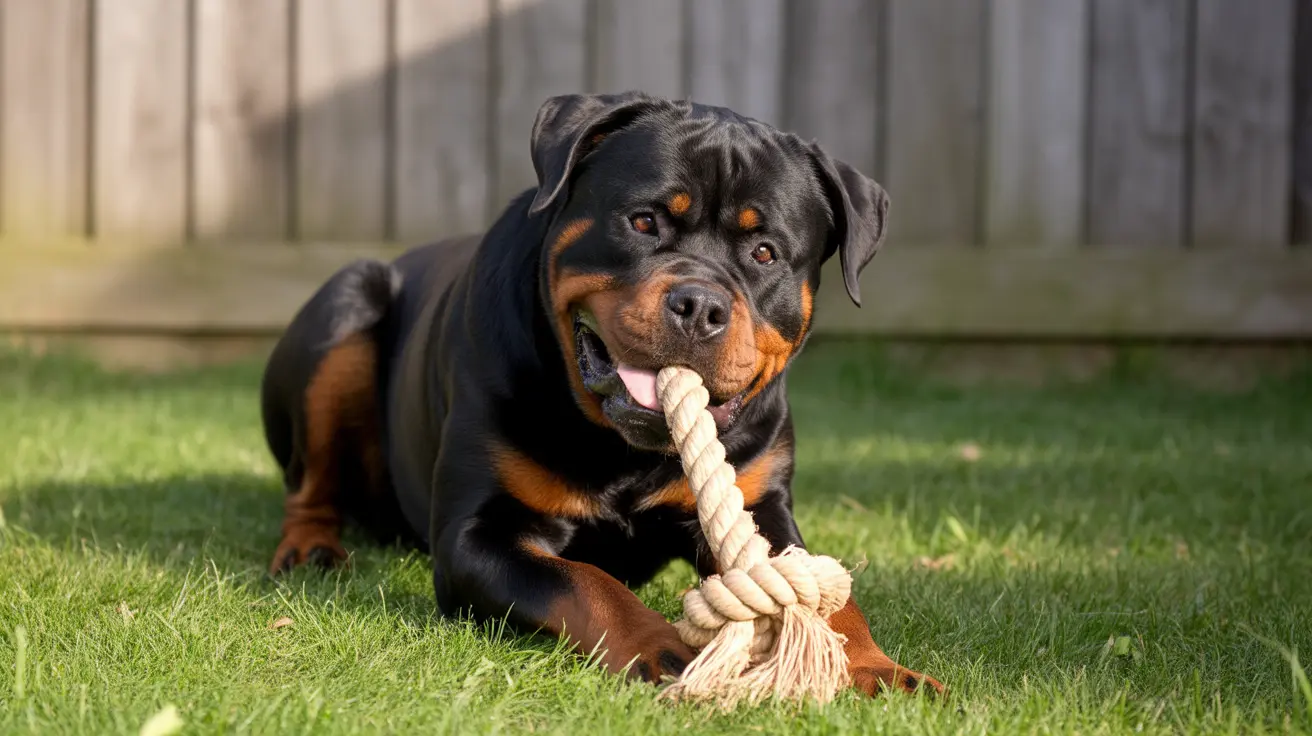Fastest Ways to Cure Separation Anxiety in Dogs
Separation anxiety in dogs is a common behavioral issue that can lead to excessive barking, destructive behavior, and emotional distress when a dog is left alone. Fortunately, there are swift and effective methods to ease this anxiety and enhance your pet's well-being. Below is a detailed guide featuring proven strategies to combat separation anxiety efficiently.
Understanding the Causes
Separation anxiety manifests when dogs become distressed due to the absence of their human companions. It often occurs in shelter dogs, pets with inconsistent routines, or dogs sensitive to environmental changes. Symptoms may vary by breed and individual behavior traits.
- Boredom: Dogs lacking physical or mental stimulation may exhibit destructive behaviors.
- Fear: Loud noises or disturbances can cause anxiety, leading to defensive barking or howling.
- Genetics: Certain breeds are naturally more prone to vocalizing their distress.
Most Effective Solutions
To provide rapid relief and long-term improvements, consider incorporating the following techniques:
1. Pre-Departure Exercise
- Walk or play with your dog before leaving home.
- Physical activity tires them out, making relaxation more likely during alone time.
2. Crate Training
- Introduce the crate as a secure, den-like space.
- Never use it as punishment; associate it with comfort and calm.
- If crates cause distress, use a small, dog-safe room instead.
3. Stimulation Through Toys
- Offer treat-dispensing or puzzle toys to occupy mental energy.
- Stuff durable toys with dog-safe spreads, reserved exclusively for alone times.
4. Background Noise
- Play soft music, radio, or white noise to mimic a household presence.
5. Comfort Items
- Leave behind a blanket or clothing item that smells like you.
- Familiar scents provide reassurance and emotional ease.
6. Calming Treats and Supplements
- Use approved calming products containing Valerian root, chamomile, or L-Theanine.
- Always consult with a veterinarian before use.
7. Counter-Conditioning Techniques
- Pair departure routines (e.g., picking up keys) with positive rewards.
- Start with short absence training, and gradually extend the time as your dog adjusts.
- Maintain a consistent daily routine for feeding, exercise, and solitude.
8. Avoid Aversive Measures
- Do not punish barking or signs of anxiety.
- Shock collars and harsh methods often exacerbate fear-based behaviors.
9. Citronella Collars & Devices
- As an alternative to punitive measures, some owners use citronella collars.
- Efficacy varies, and any device should complement training.
10. Professional Support
- If symptoms persist, seek help from behaviorists or trainers.
- In severe cases, vets may prescribe anti-anxiety medications or suggest pheromone diffusers.
Long-Term Outlook
While there's no instantaneous fix, consistency in applying these strategies accelerates progress. Dogs that receive adequate attention, exercise, and mental engagement are more likely to feel secure and behave calmly during absences. The goal is to create positive associations with being alone and gradually reduce anxiety without distress.
By addressing both psychological and physical causes, you'll help your dog become more confident and independent when apart. A balanced routine of exercise, mental stimulation, and structured training yields the fastest and most enduring results in treating separation anxiety effectively.





